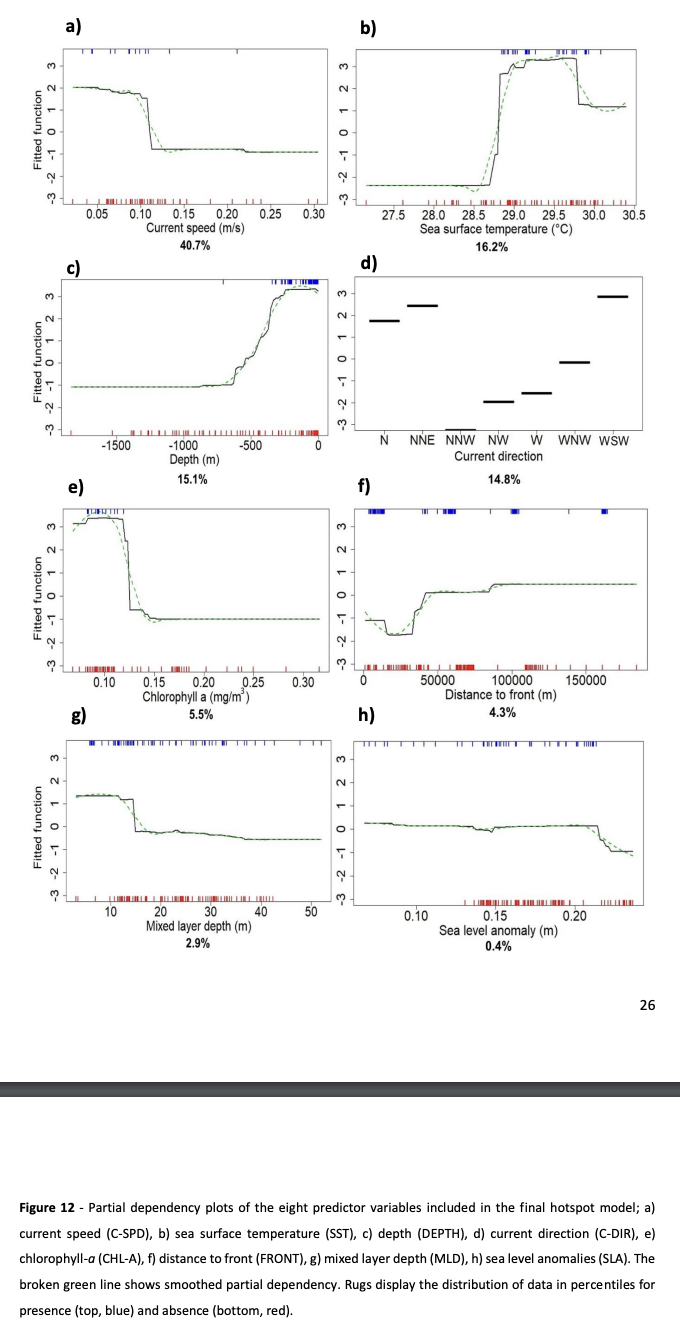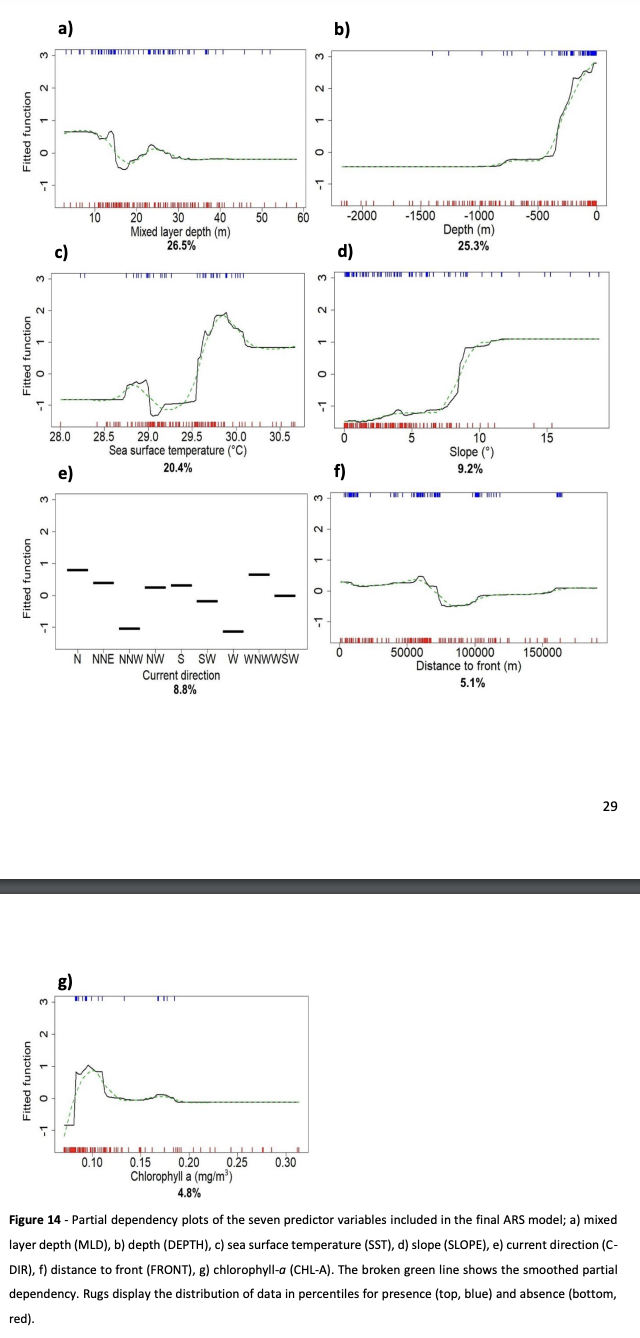Reef manta rays, Mobula afredi , of the Chagos Archipelago: Habitat use and the effectiveness of the region’s marine protected area
2019
Joanna Lee Harris (MRes Applied Marine Science - University of Plymouth)
Keywords: : Photo-identification • Satellite telemetry • Habitat use • Marine protected area • Site fidelity • State-space analysis • Boosted regression trees
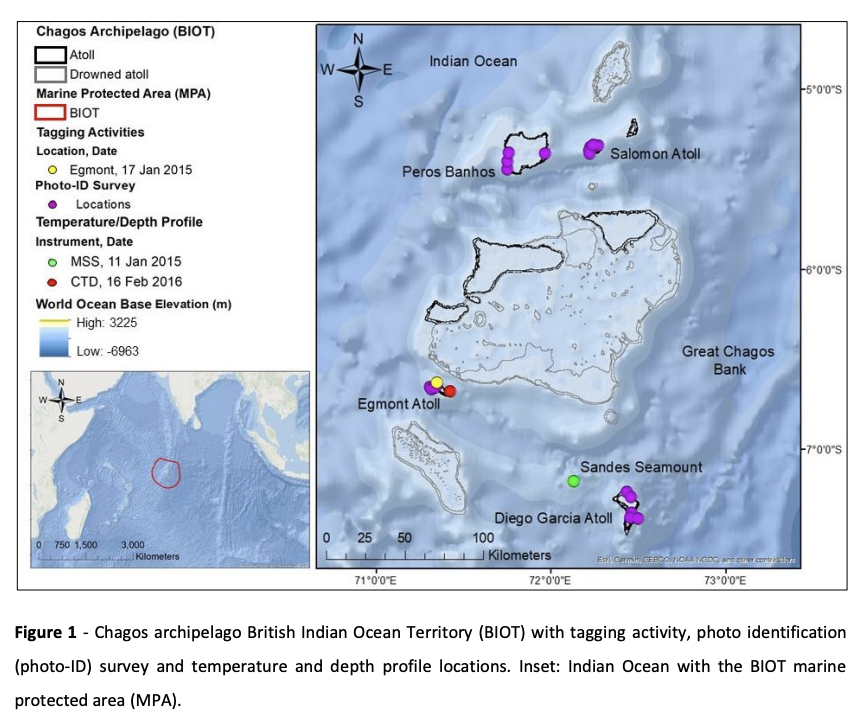
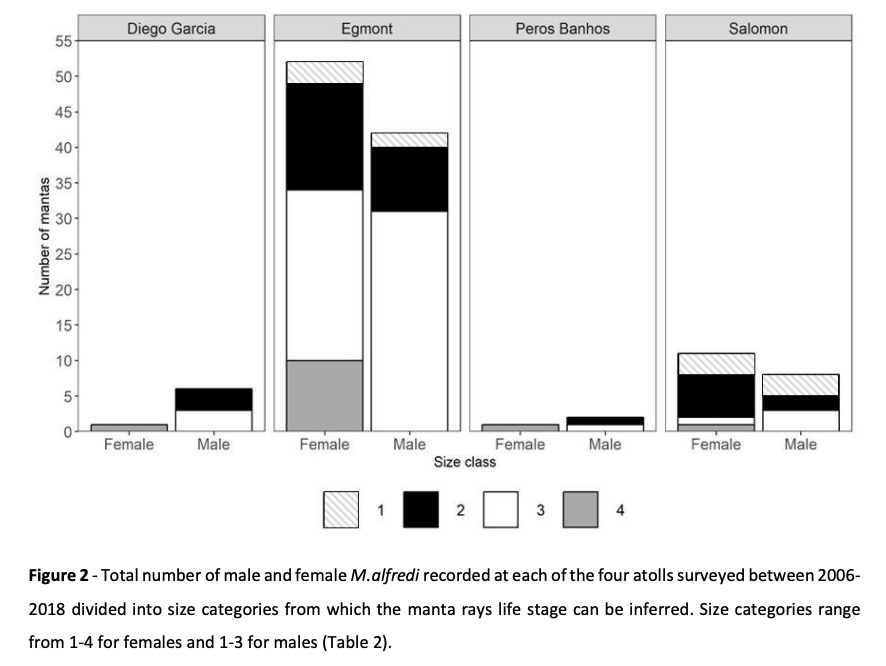
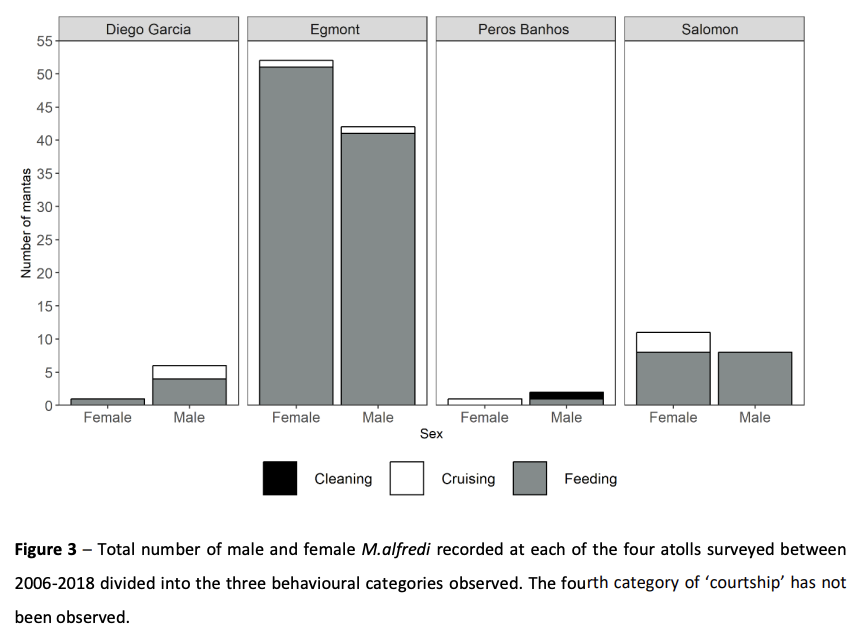
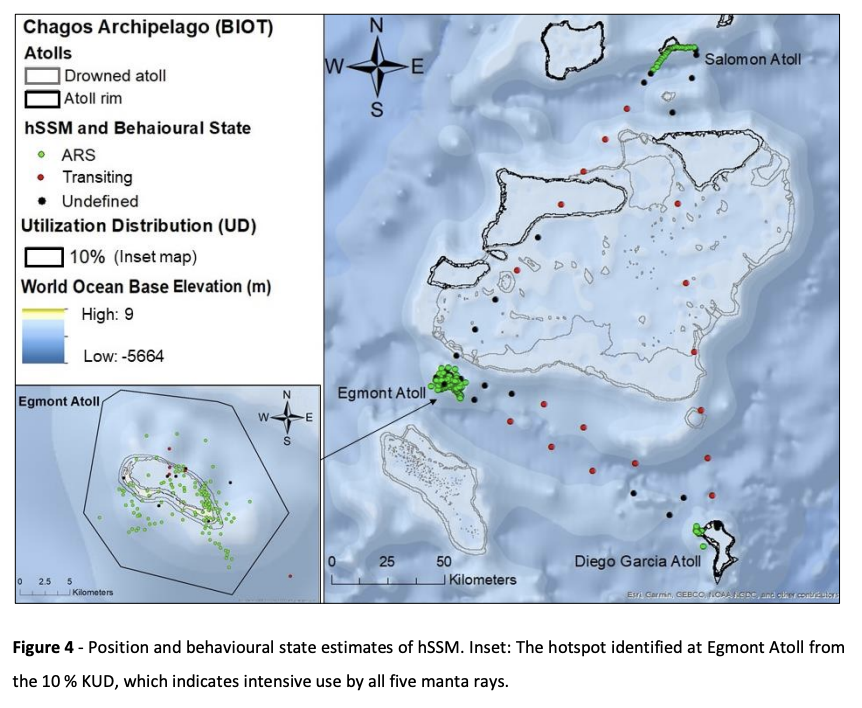

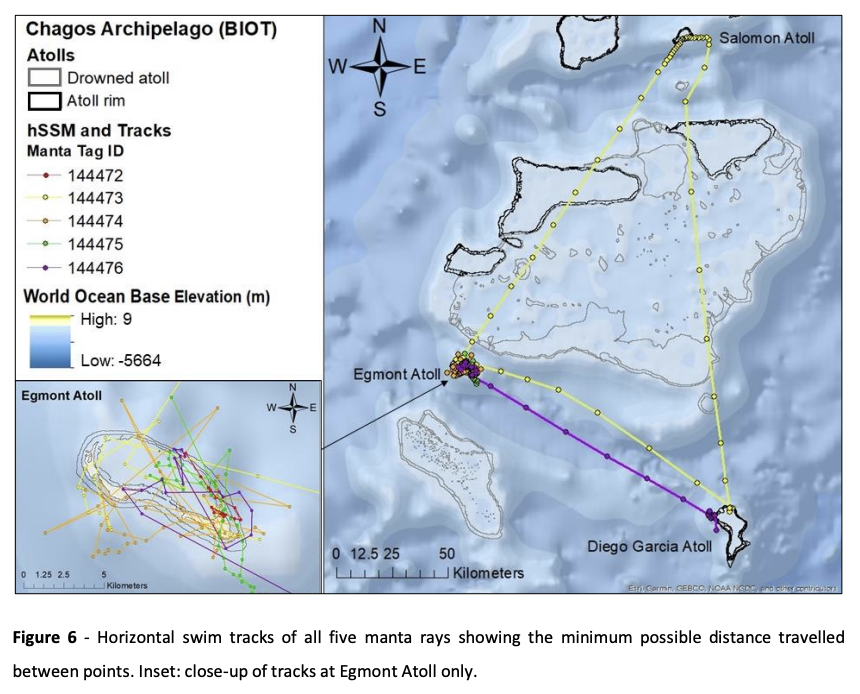

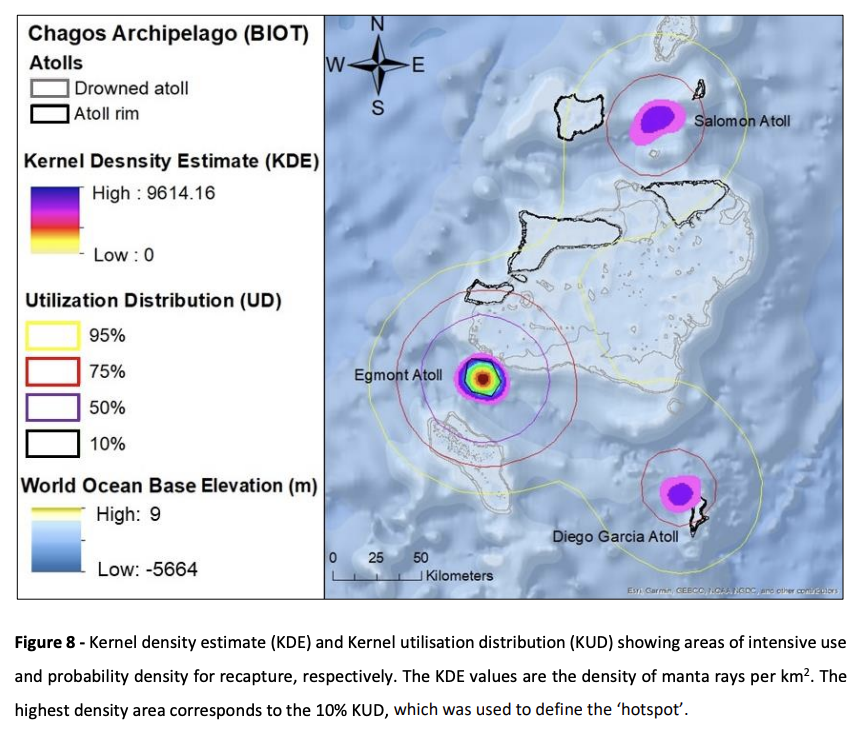

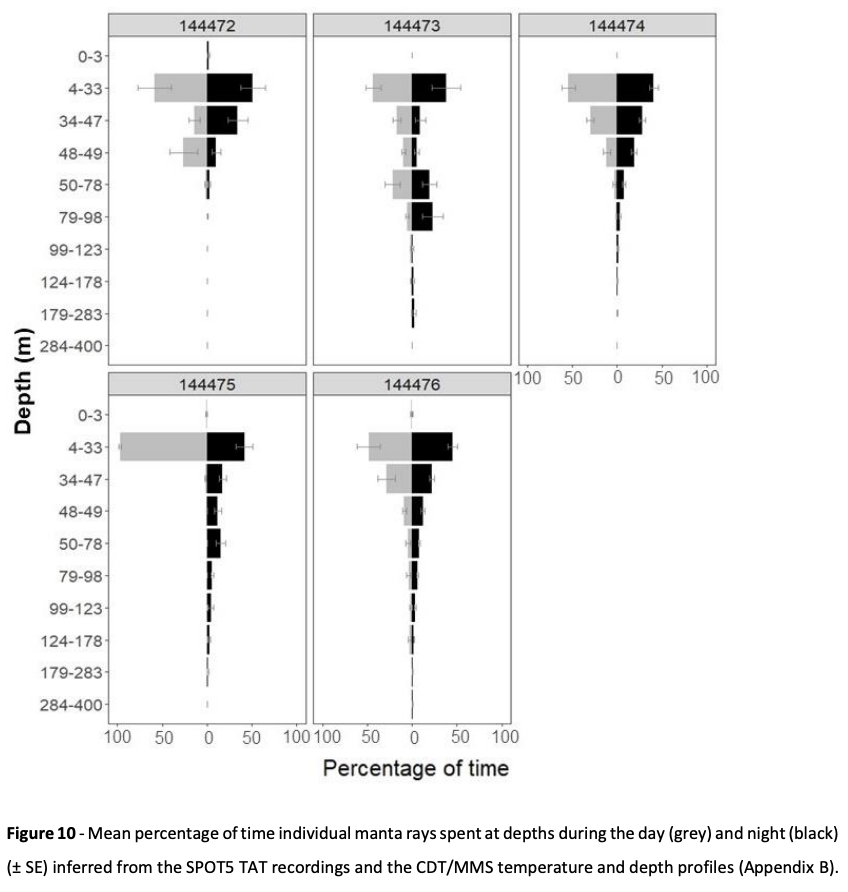

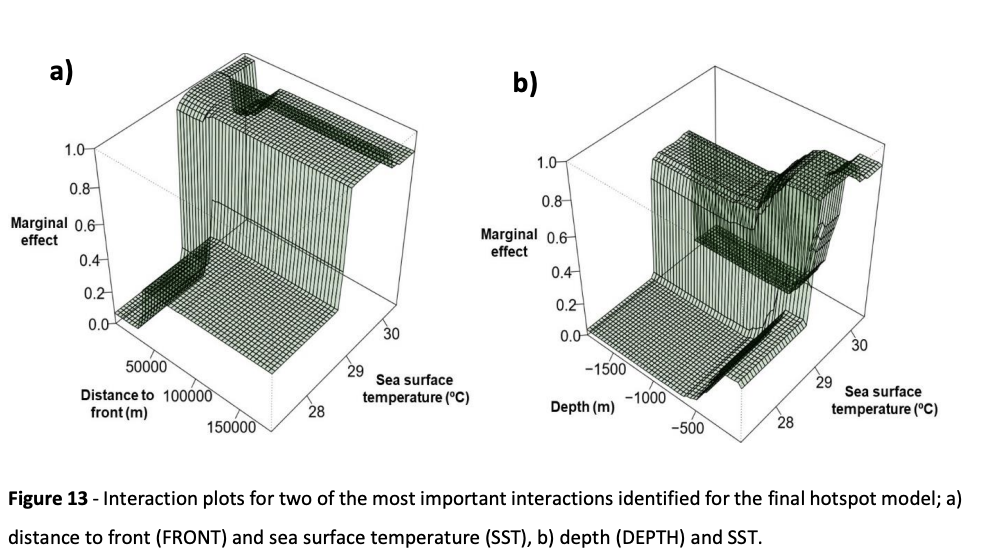
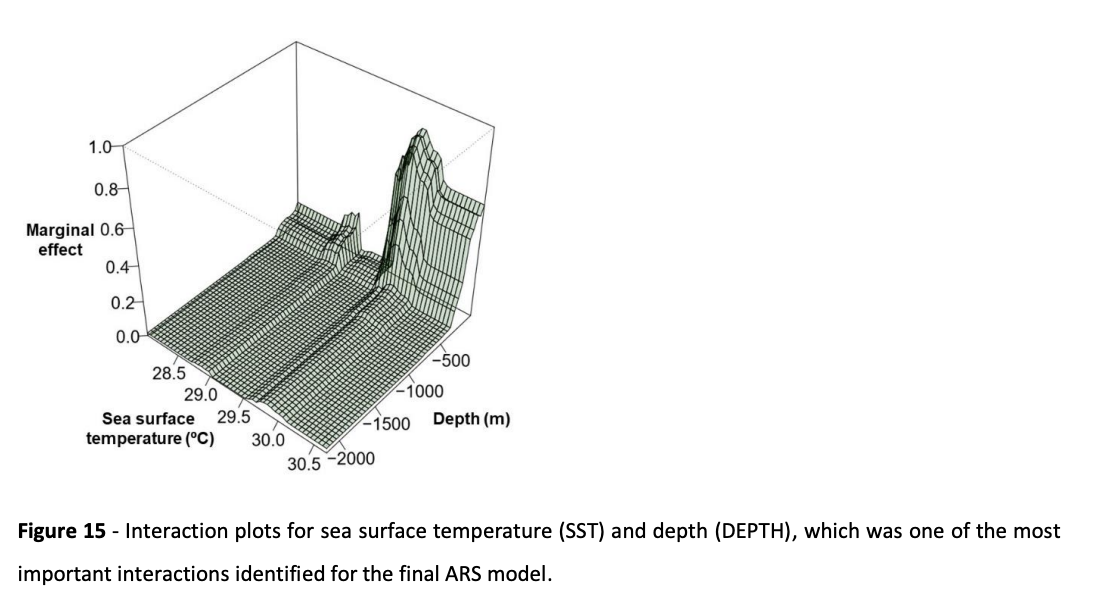
Summary: The subpopulation of reef manta rays in the Chagos Archipelago, offers a unique opportunity to study their natural habitat due to minimal human influence. Photo-ID surveys and satellite tagging revealed their feeding patterns and aggregation hotspots within the marine protected area. Key drivers of their behaviour were identified, including sea surface temperature and chlorophyll-a levels. This study establishes a baseline for future research and assesses the effectiveness of the Chagos Archipelago MPA for conservation planning.
Abstract
“Background: The subpopulation of reef manta ray (Mobula alfredi) of the Chagos Archipelago; British Indian Ocean Territory (BIOT) inhabit a marine environment which is almost completely devoid of anthropocentric stressors. As such, they offer the opportunity to study the natural processes which influence habitat use so to establish a natural baseline to inform conservation planning for the species. However, to date, they are one of the most understudied of the known subpopulations in the world. Here, photo-ID sighting records, satellite tag data, remote sensing and various modelling techniques are integrated to describe the current understanding of the subpopulation and to explore the influences of foraging and the utilisation of aggregation hotspots. Additionally, an assessment of the effectiveness of the BIOT marine protected area (MPA) is initiated.
Results: Photo-ID surveys (2006-2018) recorded 123 sightings of M.alfredi (female = 65, male=58) predominantly engaged in feeding at 17 locations across four atolls where some degree of demographic segregation was evident. In 2016, SPOT5 tags deployed to five M.alfredi tracked the individuals for 10-35 days (mean = 23 days). All tagged manta rays remained close to atolls aggregating predominantly at Egmont Atoll (hotspot). All remained within the boundary of the MPA where they travelled between 9.6-576 km (mean = 183.9). One manta ray travelled 548 km in 29 days. State-space modelling indicated the manta rays were predominantly engaged in foraging behaviour (ARS). Boosted regression trees identified a shallow mixed layer depth, depth and high sea surface temperature (SST) and low current speeds and high SST as important drivers of ARS and hotspot utilisation respectively. A specific chlorophyll-a niche (0.08-0.1 mg/m3 ) also appears to be important in both models. Diving behaviour ascertained from tag data showed a reverse diel vertical migration pattern, however, manta rays were also recorded at depths of up to 400m during the day.
Conclusion: The summation of the current understanding of M.alfredi of BIOT given here provides an essential baseline for future research into the subpopulation. The initial assessment of the effectiveness of the protection offered by the BIOT MPA can help to inform management planning of other MPAs in the Indian Ocean.”
Author Affiliations
University of Plymouth
The Manta Trust

